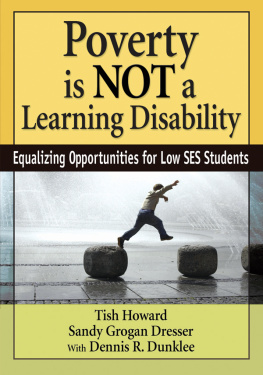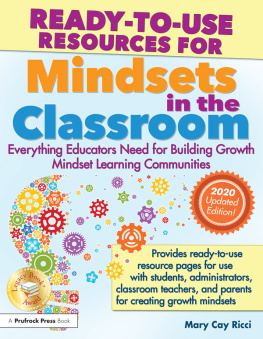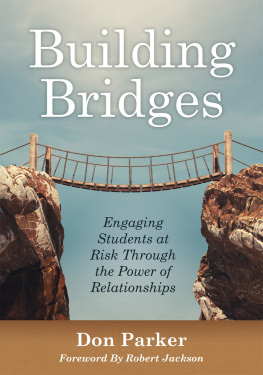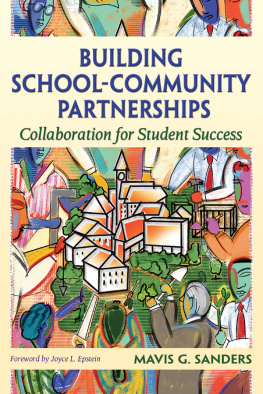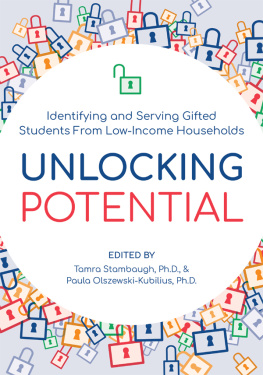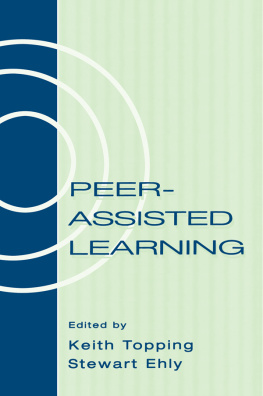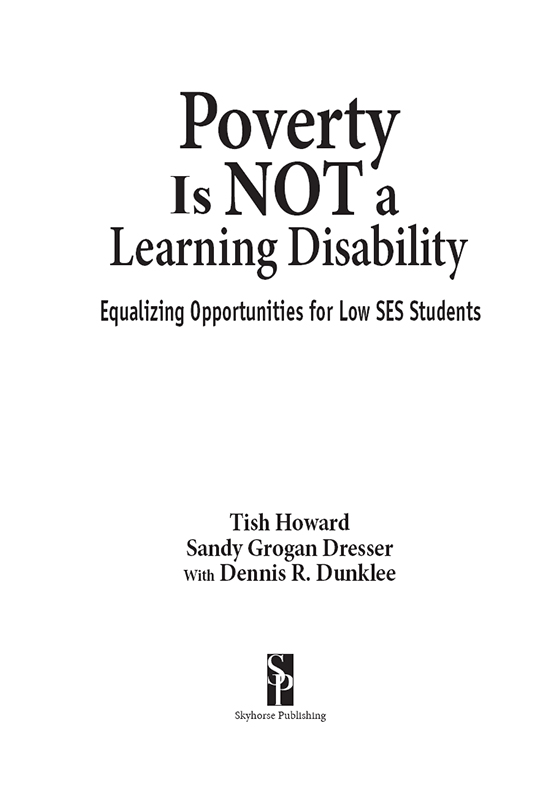Copyright 2009 by Tish Howard, Sandy Grogan Dresser, and Dennis R. Dunklee First Skyhorse Publishing edition 2015
All rights reserved. No part of this book may be reproduced in any manner without the express written consent of the publisher, except in the case of brief excerpts in critical reviews or articles. All inquiries should be addressed to Skyhorse Publishing, 307 West 36th Street, 11th Floor, New York, NY 10018.
Skyhorse Publishing books may be purchased in bulk at special discounts for sales promotion, corporate gifts, fund-raising, or educational purposes. Special editions can also be created to specifications. For details, contact the Special Sales Department, Skyhorse Publishing, 307 West 36th Street, 11th Floor, New York, NY 10018 or .
Skyhorse and Skyhorse Publishing are registered trademarks of Skyhorse Publishing, Inc., a Delaware corporation.
Visit our website at www.skyhorsepublishing.com.
10 9 8 7 6 5 4 3 2 1
Library of Congress Cataloging-in-Publication Data is available on file.
Cover design by Michael Dubowe
Print ISBN: 978-1-62914-563-1
Ebook ISBN: 978-1-63220-093-8
Printed in the United States of America
Contents
Preface
F rom the time the Soviet Union launched Sputnik in 1957, through the publication in 1983 of the A Nation at Risk report by the National Commission on Excellence in Education, and since the enactment of the No Child Left Behind Act in 2001, weve been toldand shown statistics to provethat our public schools are failing to teach our children to read, write, and do basic mathematics, let alone keep up with the education successes of other industrialized countries. At least since the 1980s, the focus of criticism has been on inner-city or urban schools where student standardized test scores have most consistently been low. These are schools that serve a high number of students who come from poverty- or near-poverty-level homes, a high percentage of whom are also from minority or recent immigrant cultures. The unfortunate, but almost inevitable, conclusion that our nations print and broadcast media have drawn from this situation is that children of poverty are somehow unable to learn as effectively as their middle- and upper-class peers. While the authors of this book cant argue with the reported standardized test scores, we adamantly disagree with the conclusion. We dont believe that poverty makes children unable, or even unwilling, to learn.
The statistics that compelled us to take a stand on the education of children of poverty are those that report the incredibly high percentage of children of poverty, which we define as children from low socioeconomic environments, who are annually referred for special education identification as learning disabled (LD)a symptom, we believe, of a perception in the minds of educators that poverty is a learning disability. Our years of experience in the field of education led us to believe that the problems low socioeconomic status (low SES) students experience in school are not based on identifiable learning disabilities but rather on the lack of readiness skills needed to be successful in schools that assume all students come to school equally prepared to learn and educators inability to recognize and mitigate this lack.
This book is based on the findings of a 2006 study (Howard, 2007) of teachers and principals of low SES students who have successfully, and over an extended period of time, provided equal education opportunities to low SES children and brought them into the successful mainstream of students, without resorting to special education identification. In it, we present strategies and techniques the exemplary teachers and principals we observed use to humanize the school and classroom environments and make it possible for their low SES, minority, and multicultural students to overcome the challenges of poverty, cultural differences, and school readiness and succeed academically on a par with their more economically advantaged peers. In addition to identifying the successful pedagogical and school leadership strategies and techniques we observed, we offer proven management strategies to facilitate implementation of the changes we recommend in the way schools that serve low SES children operate.
As the authors of this book, we combined our more than 75 years of experience in the field of education, as teachers, principals, central office administrators, and university professors, with many years of experience in the fields of human resources and organizational management to present a comprehensive look at the problem and its solutions. Although the focus of this book is the overwhelming misidentification of low SES children as LD, we believe that the education and management strategies and techniques we present are applicable to the education enterprise as a whole and will be valuable to educators everywhere.
Acknowledgments
W e gratefully acknowledge the contributions of the following individuals:
Elizabeth Alvarez, Assistant Principal
John C. Dore Elementary School
Chicago, IL
Rebecca S. Compton, Professor
Elementary Education
East Central University
Ada, OK
Mary Beth Cunat, Director, Principal Professional Development
Chicago Public Schools
Chicago, IL
Daniel C. Elliott, Professor and Curriculum Specialist
Center for Online Learning and Technology
Azusa Pacific University
Azusa, CA
Jim Hoogheem, Retired Principal
Fernbrook Elementary School
Maple Grove, MN
Kevin Olds, Principal
Estacada Junior High School
Estacada, OR
Cathy Patterson, Assistant Principal
Evergreen Elementary School
Diamond Bar, CA
Belinda J. Raines, Principal
Northwestern High School
Detroit, MI
Hema Ramanathan, Associate Professor
University of West Georgia
Carrollton, GA
Karen L. Tichy, Associate Superintendent for Instruction
Catholic Education Office
Archdiocese of Saint Louis
Saint Louis, MO
About the Authors

Tish Howard has 20 years of experience as an educator working with children and parents in low SES schools. She is an elementary principal in a Title I school in which 43% of its families are classified as living in poverty. In this position, Dr. Howard is responsible for the design and implementation of numerous programs and a school climate that raised the level of student academic success and closed the achievement gap between students of poverty and those residing in homes of economic stability. Dr. Howard works with parents, civic associations, clergy, and the business community to level the economic playing field for disadvantaged students and has implemented numerous initiatives to provide the necessary background knowledge many children from poverty lack when entering school.
Prior to her role as a school administrator, Dr. Howard served 10 years as a speech and language pathologist with a full caseload of language delayed children. She spent 8 of those 10 years delivering services to emotionally disturbed adolescent males in an alternative educational setting. It was in that capacity that Dr. Howard introduced inclusion language therapy to her school district, as opposed to the standard pull out method. This form of therapeutic delivery is now widely used districtwide.

